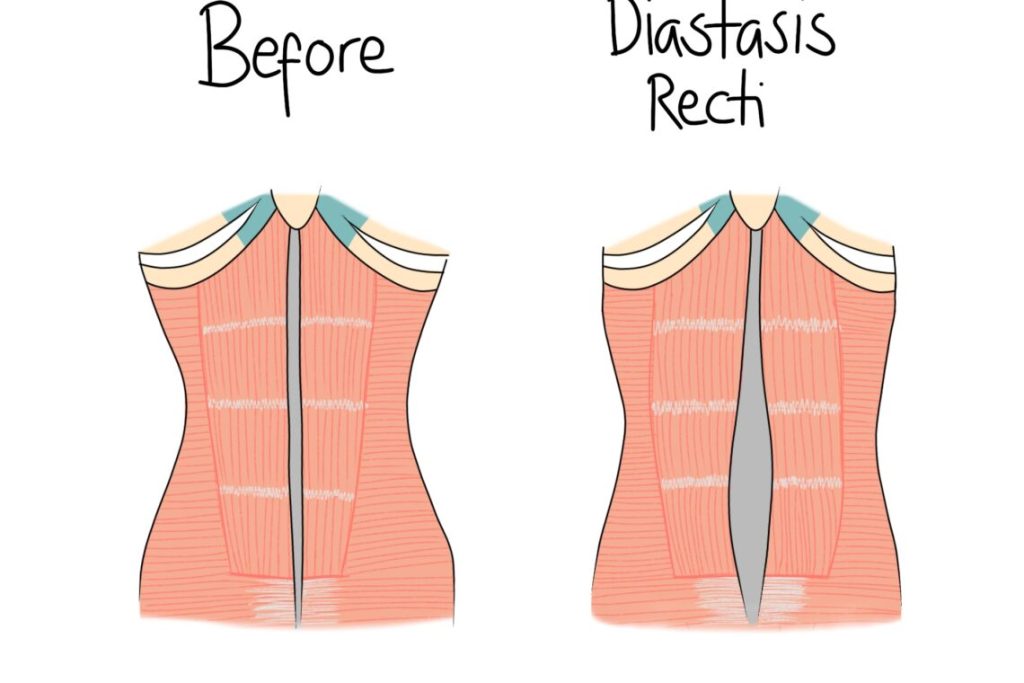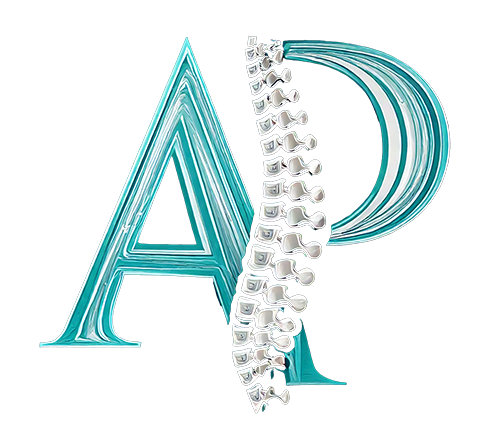Diastasis Recti
During pregnancy, the abdominal wall separates to make room for the growing bump. This is normal, and it’s not the same as a muscle tear. There is a line of tissue that runs from the sternum (breastbone) to the top of the pelvis called the Linea Alba. This tissue holds the left and right sides of the anterior abdominal wall together. This is still the case in pregnancy- it stretches, it doesn’t break. The definition of diastasis recti is murky, but the general consensus is that it refers to this separation to a significant degree after pregnancy or weight gain.

After giving birth, it takes around six weeks to get through the early healing phase. Immediately after birth, we expect the linea alba to remain stretched, and the bump to still be quite significant for a few days or weeks. As the uterus shrinks back down, the bump does so too- but remember that the uterus is a muscle, and the linea alba is much less elastic. There is no point in assessing for a diastasis until six weeks post partum at the very earliest.
Symptoms of Diastasis Recti
A mild diastasis can go unnoticed for years, especially because it is a topic we don’t hear much about. The clearest sign is “doming” of the abdomen when under pressure. It’s easiest to spot during actions like performing a sit up.
The doming will be in the same area as the diastasis, which could be anywhere along the length of the linea alba: the bottom of the breast bone to the pelvis.
There may also be a link between pelvic floor issues and diastasis, although the research is inconclusive. The pelvic floor is under a lot of tension in pregnancy, and can be injured during birth. Added instability in the nearby abdominal wall may add extra pressure to the area. If this is suspected, we can refer you to a specialist to help.
Research is also inconclusive about the link between diastasis and lower back pain. Contrary to popular belief, there is no clear link between “core strength” and back pain either.
Testing
Your osteopath can test you for a diastasis. They may ask you to lay on your back with your knees bent and tummy exposed. When you lift your head, engaging your abdominal muscles and increasing intra abdominal tension, there may be visible doming. They may also want to feel along the linea alba as you do this. This allows them to assess the length, width, and depth of the diastasis.
Management
For all but the most severe or complex cases, a diastasis can be managed with exercise. Your osteopath can help you develop an exercise routine that suits you. They will take into account the different actions of the various layers of muscles, and avoid any exercises that put too much pressure on the abdomen. With these points in mind, sit-ups and crunches are generally not recommended for people with diastasis recti.
It may be the case that there is always a vulnerability at the point of your diastasis, or it may be that the separation never totally heals. But what we’re aiming for is an abdominal wall that is strong enough to function well. When the gap becomes more narrow than two finger widths, some definitions would say that you no longer have a diastasis.
Book now to assess and manage your diastasis.

